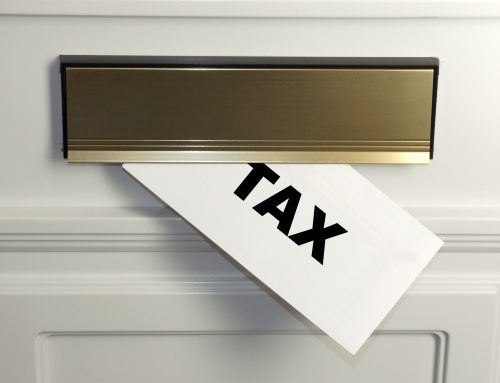Each year your limited company will receive your annual statutory accounts and be asked to check them for accuracy, sign and return for your accountant to file them with HMRC and Companies House. This document is a brief guide to explain the terms and statements used in the accounts to ensure you understand what you are signing as ultimately the responsibility for the figures held within are down to the director of the limited company. If you are ever in any doubt and require clarification then it is always best to check and understand what you are approving.
The layout of your statutory accounts is set by Companies House and the accounts for limited company contractors fall under the “micro entity” formats. Your company is “small” if it has a turnover less than £10.2 million, £5.1million or less on its balance sheet and 50 employees or less. Small companies do not require an annual audit and can send abridged accounts annually to Companies House. A micro entity company will have a turnover of £632K or less, £316k or less on the balance sheet and 10 employees or less. If your company is micro entity then it can prepare simpler accounts that meet statutory minimum requirements, send only your balance sheet to Companies House and benefit from the same exemptions as small companies.
The profit and loss account details your turnover which is the income of the company less VAT, administrative expenses which are all expenses such as travel, mobile phone, stationery, wages, accountancy fees etc and then the operating profit (income less expenses). The corporation tax due to be paid by the company is 20% of the operating profit.
The balance sheet is a snapshot on a given date (your year end date) of the company’s assets, liabilities, obligations and creditors.
Fixed assets would be large tangible items that you have purchased such as computer equipment and it would be depreciated over a number of years. Current assets are non tangible and would generally be cash in hand or held in the bank i.e. your bank balance on the given date. Creditors are the amounts that you owe to other people on the given date of your accounts and you would normally see the corporation tax amount and any VAT or PAYE in this area. Generally for limited company contractors there are no other creditors that you would owe money to.
Then you have the notes to the accounts, which give more detail to the figures held in the balance sheet.
Lastly you will see a more detailed Profit and Loss account. This is exactly as you would imagine and shows more detail of how the company income is made up and a detailed breakdown of the expenses incurred.






